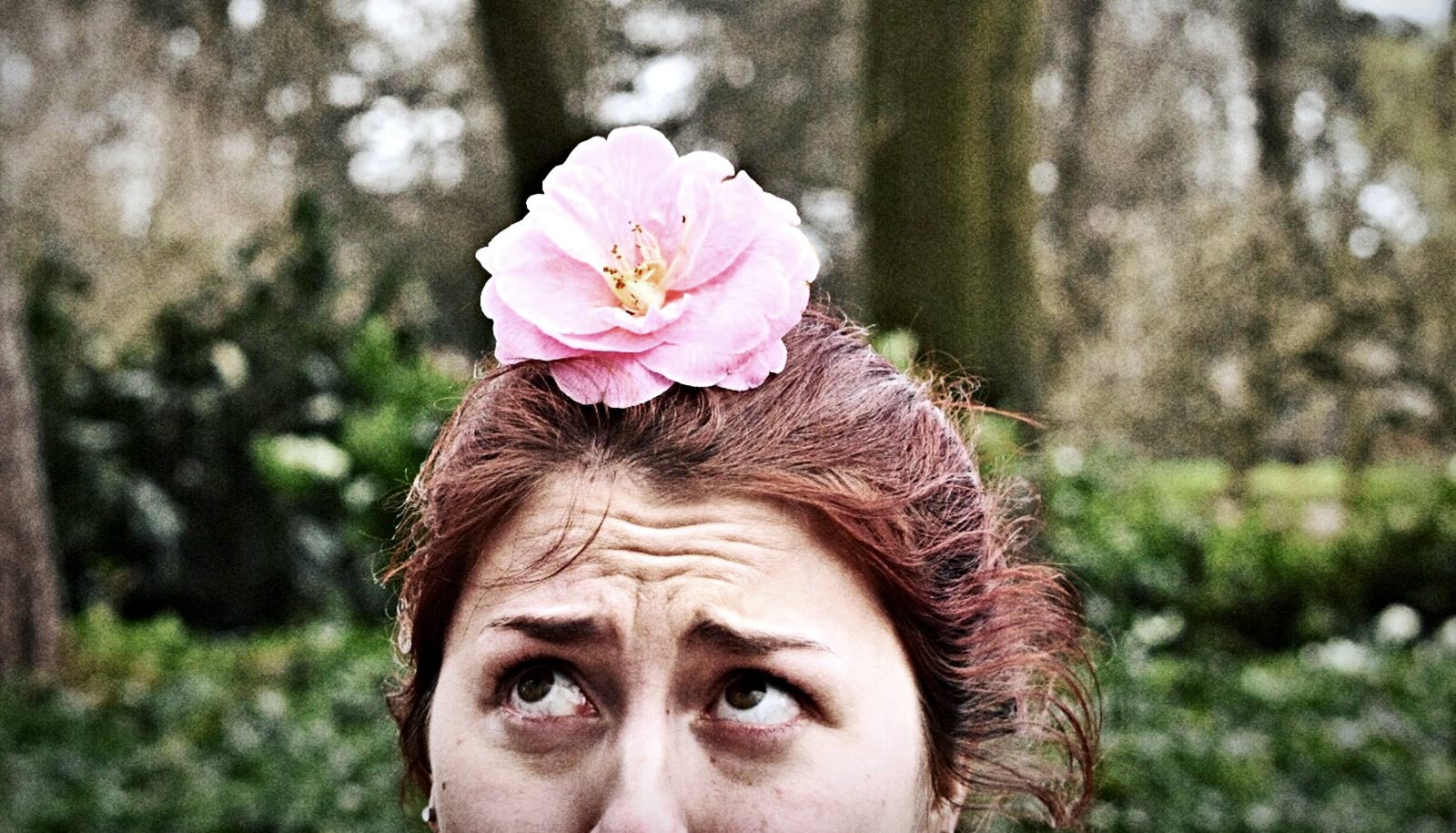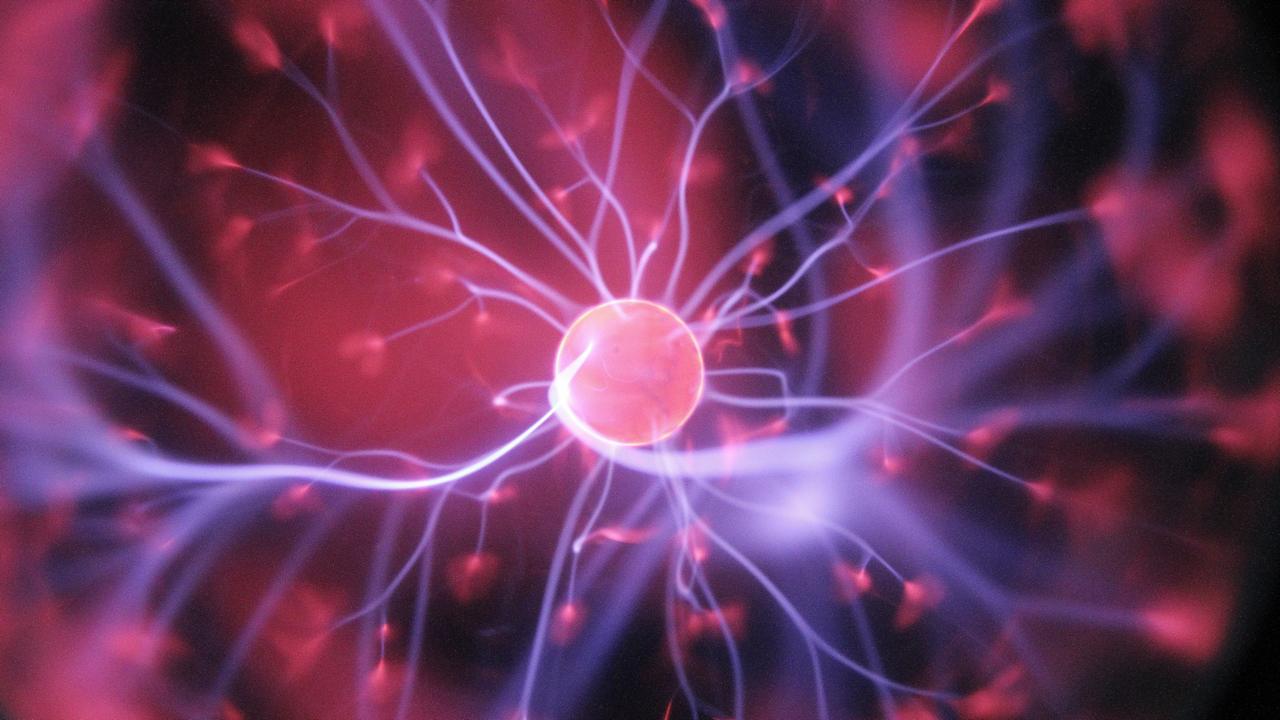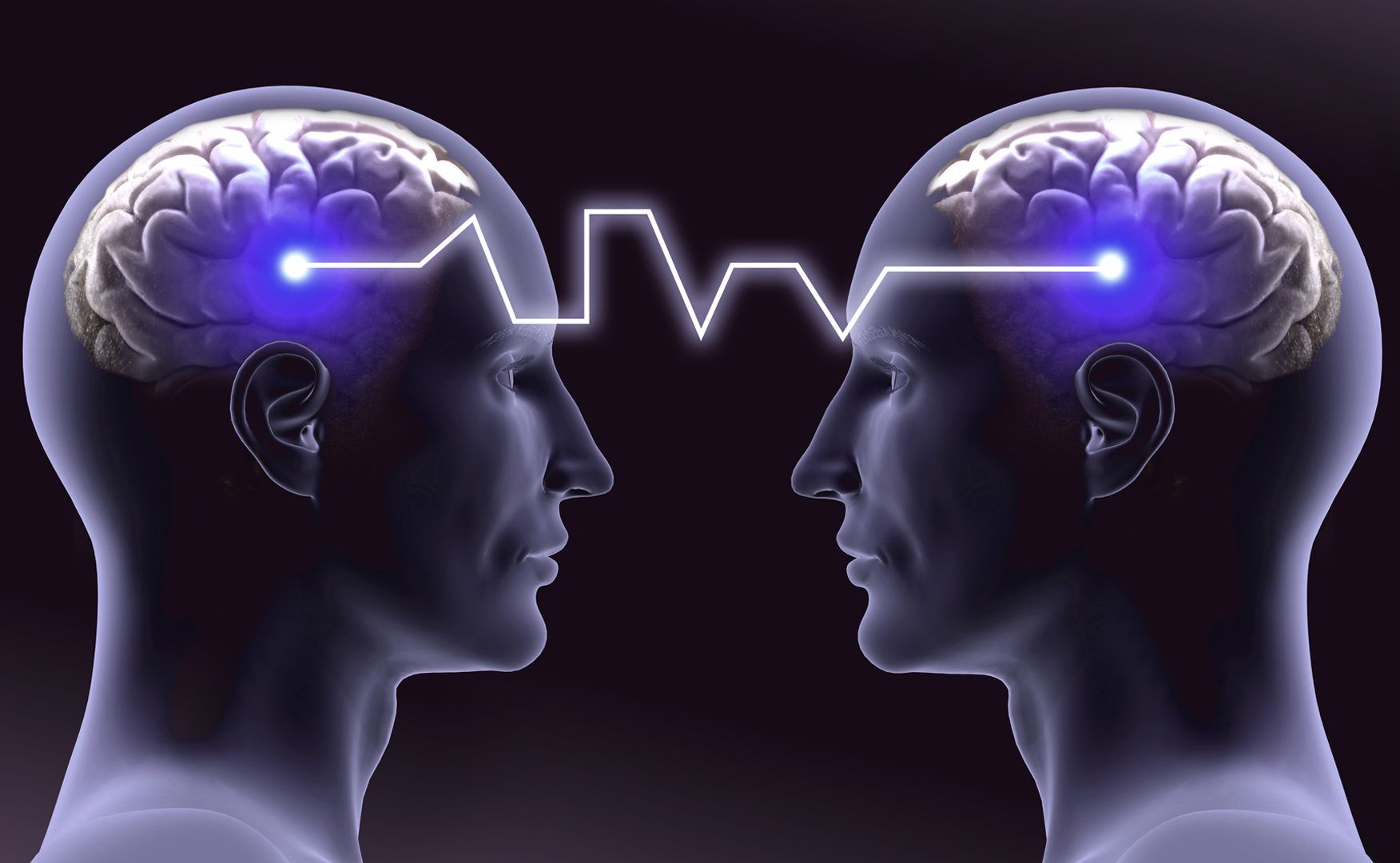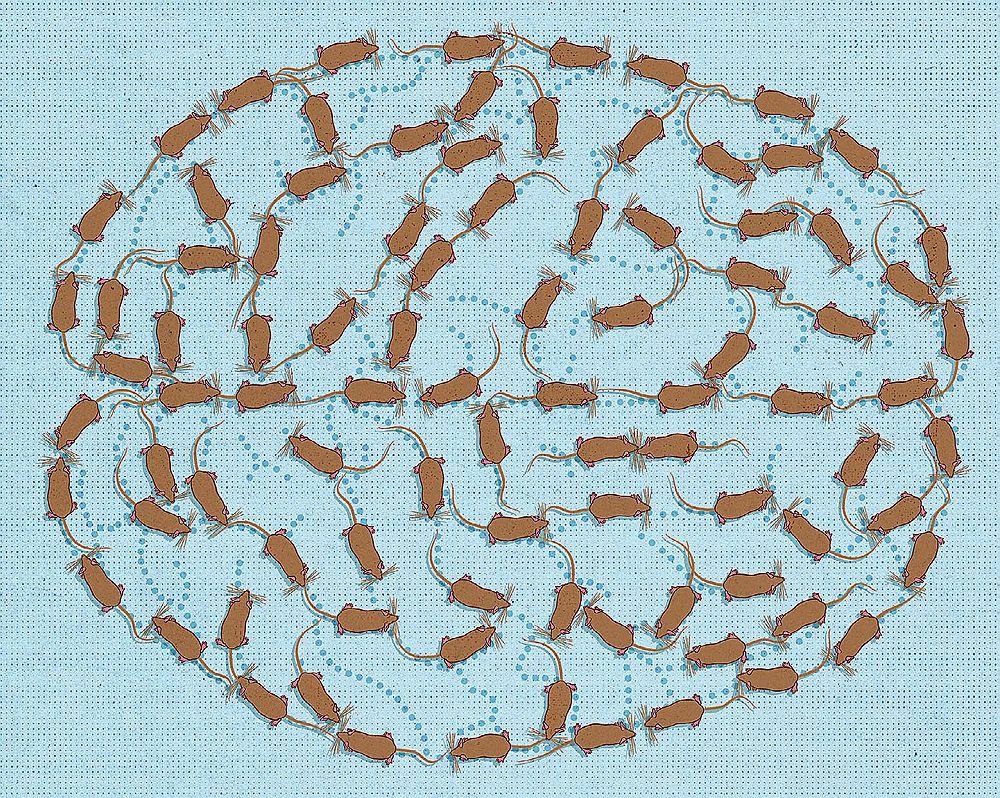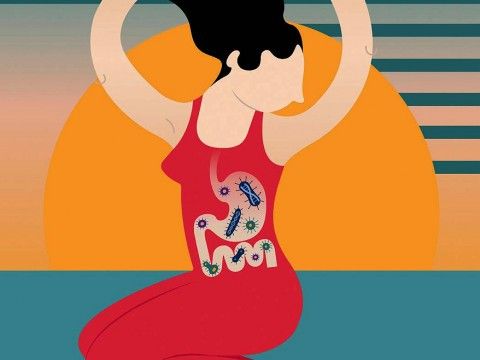Imagine a digital avatar of ourselves living on after we die. They could help comfort our loved ones, and they could also preserve expertise and experience. There’s some benefits, but it’s still questionable if this is comforting, or just creepy.
A digital afterlife may soon be within reach, but it might not be for your benefit.
The reams of data we’re creating could soon make it possible to create digital avatars that live on after we die, aimed at comforting our loved ones or sharing our experience with future generations.
That may seem like a disappointing downgrade from the vision promised by the more optimistic futurists, where we upload our consciousness to the cloud and live forever in machines. But it might be a realistic possibility in the not-too-distant future—and the first steps have already been taken.



